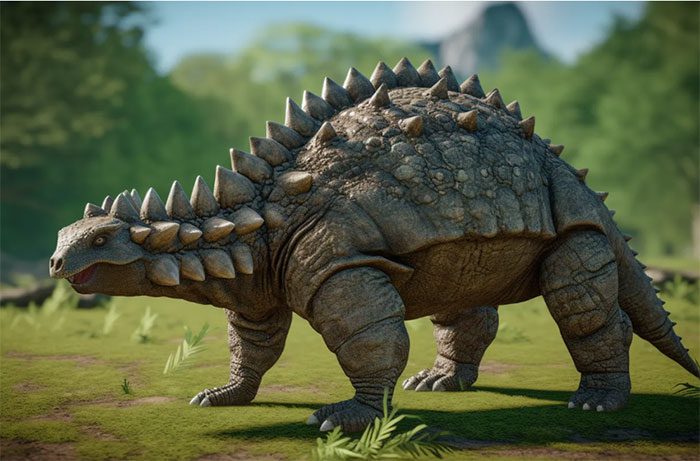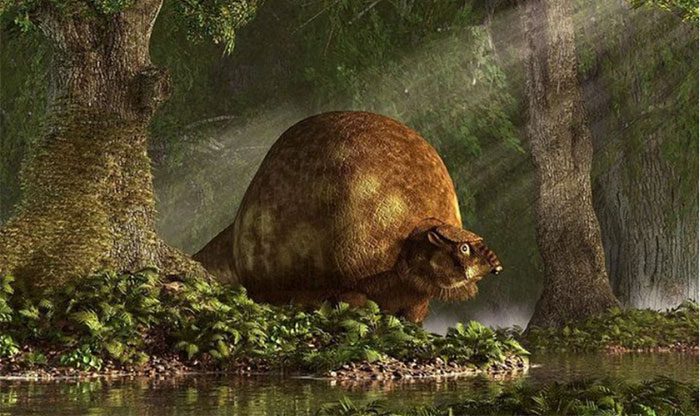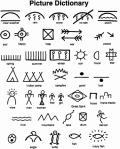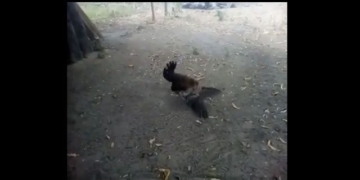It turns out this giant “egg” is far from ordinary.
The Mysterious Appearance of the Giant “Egg”
One morning, Mateo Suarez, a farmer from Carlos Spegazzini, Buenos Aires, Argentina, was walking along the riverbank when he discovered an “unidentified object.” This “object” resembled a giant black “egg.” Its surface was scaly, and when tapped, it felt as hard as stone. Its enormous size and strange texture fascinated Mateo but also made him feel a bit fearful. As he ran his hand over the shell of the “egg,” Mateo wondered what could be hidden inside?
Mateo took the giant “egg” home and shared his discovery with his wife. Lucia, Mateo’s wife, was equally curious about the “egg.” The couple speculated that if this was indeed an eggshell, the creature inside must be quite large. They decided to invite their neighbors to examine the strange object. Initially, everyone thought Mateo was joking, but after witnessing it firsthand, they all advised him to report it to the authorities.

While walking along the riverbank, Mateo stumbled upon a giant “egg.” (Photo: Tips and tricks).
News of Mateo’s unusual “egg” spread throughout the village. People talked about it everywhere. Some believed it was a dinosaur egg, while others thought it contained lost treasures.
A few days later, a wealthy collector named Esteban Morales caught wind of the story. Esteban was fascinated by rare artifacts. He went to Mateo’s home and made an enticing offer. He promised to buy the giant “egg” for a substantial sum. If the egg contained a rare creature like the Ankylosaurus, Mateo would receive an additional payment.

A wealthy magnate promised to pay a lot for the “egg,” and if it contained an Ankylosaurus, Mateo would receive even more. (Photo: Tips and tricks)
Although Mateo and his wife were living hand to mouth and the money Esteban promised would improve their lives, he declined to sell the “egg.”
The Surprising Truth About the Giant “Egg”
Instead, Mateo chose to report the find to local authorities. Subsequently, a team of archaeologists came to investigate the matter. They confirmed that what Mateo found was not a dinosaur “egg.” It was the shell of a glyptodont, a prehistoric mammal from the Glyptodontidae family. Previously, this shell had been covered by dirt and mud, making it undetectable. It wasn’t until heavy rains washed away the top layer of soil that it was revealed. Mateo and his wife were astounded by this discovery.

Experts confirmed that the giant “egg” was the shell of a Glyptodont. (Photo: Sohu)
This creature is related to the armadillo and lived throughout the Pleistocene epoch. Its size and weight could be comparable to a Volkswagen Bentley.
Like modern shelled animals, the body of the Glyptodont was covered by a hard shell made up of 1,000 pieces of armor-like bones, each 2.5 cm thick and weighing 400 kg, which is about one-fifth of its total body weight. Each piece of armor on the Glyptodont’s shell was hexagonal, and these pieces were interlocked like jigsaw puzzle pieces, making them unbreakable.
They also had a long, pointed tail, which served as a mace to fend off attackers. The largest Glyptodonts could weigh up to 2,000 kg.

Glyptodont is considered the ancestor of modern shelled mammals. (Photo: Sohu).
Glyptodont, regarded as the ancestor of modern shelled mammals, evolved in South America around 20 million years ago. Glyptodonts were slow-moving herbivores, primarily living near rivers and feeding on the vegetation found there. As a native species of South America, Glyptodonts faced many new and arriving predators, but about 10,000 years ago, the arrival of humans marked a catastrophic event for this species. Humans hunted and killed Glyptodonts for their meat and used their shells for shields or as building materials. Due to human hunting, Glyptodonts ultimately went extinct around 4,000 years ago.
Experts suggest that the shell found by Mateo is relatively recent, with an estimated age of nearly 10,000 years. This important discovery provides scientists and archaeologists with a basis for further research.





















































